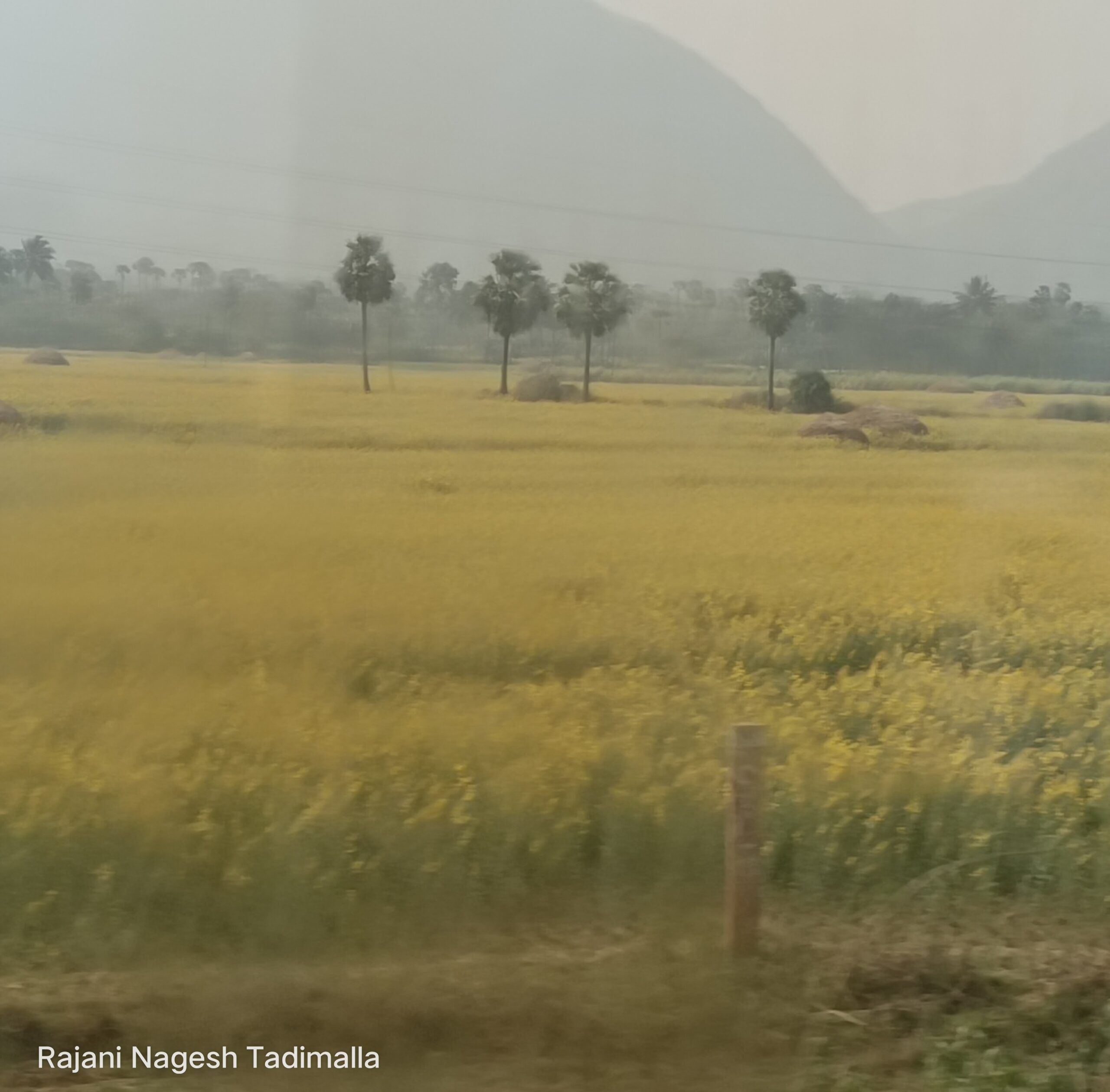India is considered a bright spot in the global economy, though economists differ on measures required to maintain this status. While the government’s initiatives such as Smart city, Make in India, Digital India, and Startup India along with reforms are likely to have a positive impact on the economy, the key is to harness the untapped potential of rural areas and Tier II and Tier III towns. It’s time to transform villages and small towns as sustainable model villages and towns through a combination of several initiatives such as creating handicrafts corridors across the country or introducing Make in rural India. Handicrafts and cottage industry corridors can not only help revive many such industries facing risk of extinction, but also help counter dumping of cheaper products by other countries.
We need not need more schemes and programmes. The central government or state governments can customize existing schemes for towns and rural areas such as Swaach gram programs, skill development, use of solar power, environment-friendly road or rail connectivity to the nearby cities, and improving tourism potential by showcasing select small villages and towns as Gateways to India, taking into consideration their respective requirements and strengths.
State governments can avail services of select renowned personalities involved in social service or proven administrators to mentor or advise the rural panchayats and urban municipal bodies in towns to foster bottom-top model of development, that is developing villages and towns as new hubs of growth. In effect, it would on the one hand help make rural and small towns self-sustainable and on the other hand reduce the pressure on cities. This would also help reduce informal settlements and slums in cities.
Many towns now have a considerable youth with reasonable English-speaking capabilities who have to move to metros and other major cities for getting jobs, where they face high cost of living and difficulty in taking care of parents residing in their home towns and fulfilling other family commitments. To tackle this issue, the state governments can collaborate with commerce and industry associations such as FICCI and CII to create small regional IT and telecom hubs to help retain the talent in towns. This would help utilizing the local talent and reduce the migration of youth to cities.
The central government in consultation with state governments can come forward to develop small cities such as Bhilai in Chhattisgarh, Kota in Rajasthan, Pune in Maharasthra, Warangal in Telangana, Vijaywada in Andhra, Indore in Madhya Pradesh, and other cities known across the country for good quality education as regional hubs of education to reduce the burden on cities. These towns and cities are already catering to the educational needs of their respective regions, but there is a need for a structured approach to take the maximum advantage of their potential for the greater good.
These measures would help reduce the imbalance between rural, semi-urban, and urban areas and help India to surge ahead in sustainable economic growth and development at a time when India has the advantage of a younger demographic profile. This advantage though will not last long, so the urgency to harness the untapped potential.



